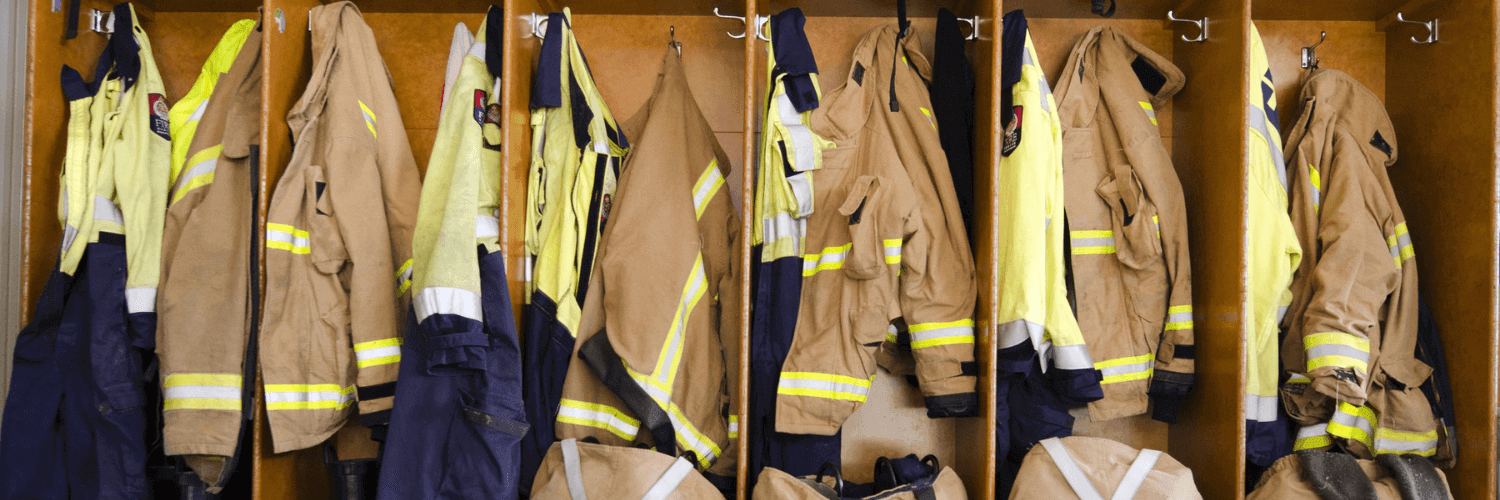Wildland firefighters operate in some of the most challenging and hazardous environments, relying heavily on their protective gear for safety. Proper maintenance, storage, and timely replacement of this gear are crucial for ensuring the safety and effectiveness of firefighters on the front lines. As a supplier of high quality fire and rescue equipment, we believe maintaining your high quality gear is paramount. Let’s delve into essential tips and best practices for wildland fire gear maintenance to maximize safety and longevity.
Importance of Fire Gear Maintenance
Wildland firefighter gear undergoes extreme conditions during firefighting operations. From intense heat to exposure to hazardous chemicals and rough terrain, this gear is subjected to significant wear and tear. Proper maintenance is essential to keep the gear in optimal condition and ensure it performs effectively when needed most.
Cleaning and Repair
Regular cleaning is paramount to remove contaminants, such as flammable chemicals, ash, and debris, from the gear. Industrial laundering services or home washing can be utilized, with industrial services often preferred due to their expertise in cleaning techniques tailored for wildland PPE.
Repairing damaged gear is equally important. Following manufacturer standards for repairs ensures compliance and effectiveness. Documented procedures, including original receipts or invoices, should be followed diligently to maintain gear integrity.
Storage Practices
Proper storage is essential for preserving gear integrity. Storage areas should have adequate ventilation to prevent dampness, while direct sunlight exposure should be avoided to prevent degradation of gear materials. Gear should be stored away from home to prevent contamination and ensure durability.
Timely Replacement
Regular inspection is necessary to identify signs of wear and damage that may compromise gear performance. According to NFPA guidelines, gear must be replaced if severely contaminated or if it has reached the end of its service life, typically ten years from the manufacturing date. Indicators for replacement include fabric degradation, unremovable contaminants, compromised performance, and component lifespan.
Maximizing Gear Lifespan
Factors affecting gear lifespan include wear frequency, laundering processes, exposure conditions, and maintenance practices. By adhering to proper care and maintenance routines, firefighters can prolong the lifespan of their gear, maximizing its value and utility over time.
Exposure to Hazardous Chemicals
Protective gear exposed to hazardous chemicals, if not properly cleaned, can sustain permanent damage, necessitating replacement. Proper decontamination procedures should be followed to remove chemical residues effectively and ensure gear safety.
Conclusion
Maintaining wildland fire gear is not just about preserving equipment; it’s about safeguarding the lives of firefighters. By following proper care and maintenance practices, firefighters can ensure their gear performs effectively when faced with the rigors of firefighting operations. Regular cleaning, timely repairs, proper storage, and timely replacement are all integral components of gear maintenance. Together, these practices contribute to the safety and effectiveness of wildland firefighting operations, allowing firefighters to perform their duties with confidence and resilience.
In summary, “Wildland Fire Gear Maintenance: A Care Guide” provides invaluable insights into the essential practices for preserving the integrity and effectiveness of wildland firefighting gear. By prioritizing gear maintenance, firefighters can ensure they are adequately protected and equipped to handle the challenges they face in the line of duty.

